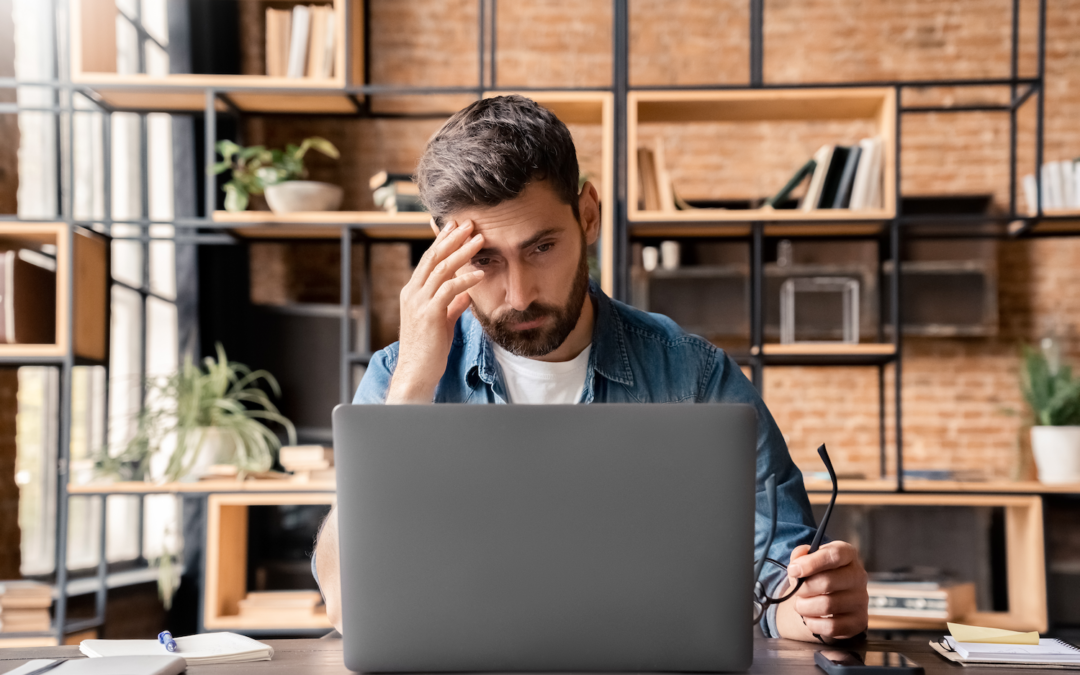
9 Rules to Beat Zoom Fatigue
Well, if you haven’t figured it out yet, Zoom isn’t going away. Neither is Google Meet, MS Teams, WebEx and about a million other ways to conference online. Podcasts, webcasts, and livestreams are all really great ways to get your message out. Since we’re all stuck doing a lot more video conference meetings, here are a few great tips to master the media that I’ve learned the hard way.
Let’s start with the elephant in the room. Most people feel like doing video conferences is mentally taxing and tiring.
Well, it turns out that is.
Here’s an article that makes the science of Zoom Fatigue pretty approachable: Dealing with Zoom Fatigue – https://leadership.garden/zoom-fatigue/
The takeaway? Zoom Fatigue is real and there are some steps you can take to make those days where you’re on camera five plus hours a day less mentally taxing.
Here are some ways I’ve found to make video conferencing less fatiguing:
Setting Up Your Stage
First off you don’t have to invest a lot – just find a quiet enough place with a background that works.
Background
Three Rules:
No windows or bright lights
Light sources in the background will confuse the camera and will cause the camera to darken the subject (you) or cause issues with color.
No grids/plaid, pattern backgrounds
Grids, stripes, plaid and repetitive patterns can cause moire, which are repetitive details that exceed the camera sensor resolution causing a strange-looking wavy pattern.
Be clean
If you are going to have a wall behind you, make sure it is clean because scuffs and smudges will really show on camera.
Clothing
Aside from appropriate and inappropriate, there is one thing to worry about: moire. Stripes, checks, plaids, and dots can all cause a very distracting moire effect on the camera. I keep a solid blue shirt in the closet at work for days when I’m not camera-ready.
Equipment
Cameras and Lighting
Usually, bad cameras are a lighting problem in disguise. Good lighting is the secret to making cameras work well. Especially cheap cameras like the one in your laptop. If your camera looks grainy, crank up the light and you’ll be amazed how much better it works. A good ring or diffused desktop light can make you look 10-15 years younger by removing all the shadows from the wrinkles, battle scars, nicks and other accumulated wear and tear on your face.
Use Your Phone
Believe it or not, the camera in you mobile phone is probably about 10,000x better than the webcam in your computer. Why? Well, the face camera on your phone is probably capable of at least HD-quality recording and has AI video processing to automatically deal with light, white balance, and about 500 other thing that can ruin a video. If you have an iPhone and a Mac, you can use your iPhone as a webcam. If you are on Android, IruinCam and DroidCam let you do the same thing.
Sound
If you follow these three rules, you’ll solve 90% of audio problems before you have them:
Never use the mic in a Bluetooth device.
Don’t use the mic in any Bluetooth device. Here’s the story: Bluetooth has a ton of modes. The one that almost every headset, earbuds, or pods uses when you turn the mic on is “headset mode” where you get low-quality mono sound from the speakers, and the mic is set to a low bit rate, which makes you sound REALLY BAD. Use a different mic than your Bluetooth headset, and your Bluetooth headphones will work.
Get a Good Enough™ microphone.
Don’t panic. A good enough mic is $40-$70 including all the wiring, a boom arm, a shock mount and all the hardware. There’s a reason why in front of every great podcaster is a pretty good mic. I use Tonor’s Q9, Tonor TC40 or a Blue Snowball depending on where I’m working from.
Don’t pound on the table.
If you talk with your hands, chances are you also inadvertently bump into things. When you bump the table where the camera is, it shakes. Even worse, if the mic isn’t shock mounted, that little tap tap tap will sound like a cannon.
